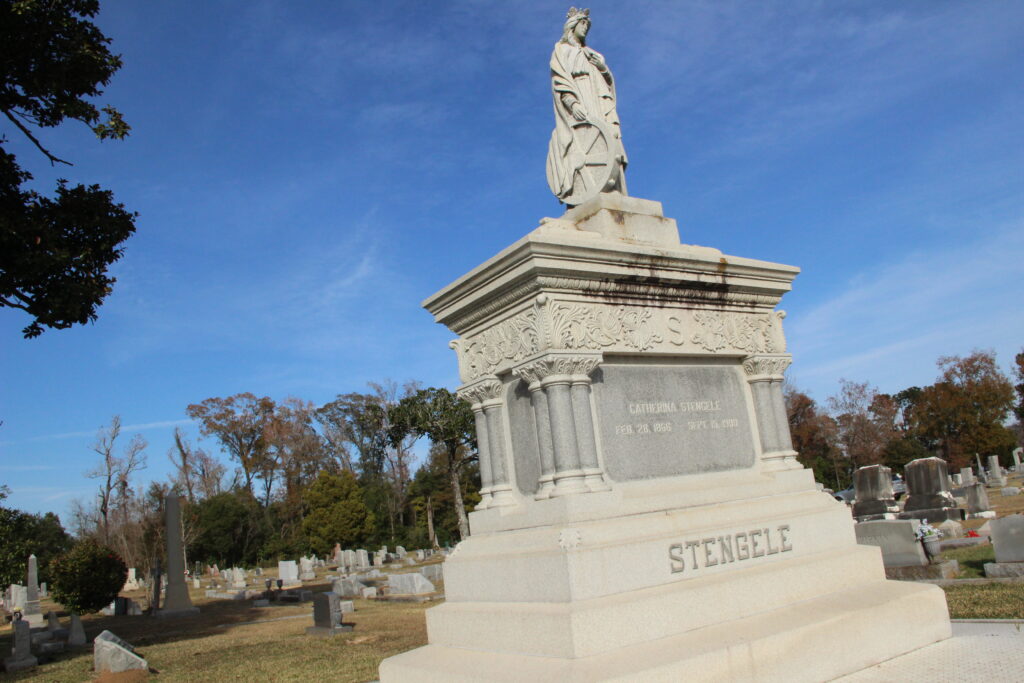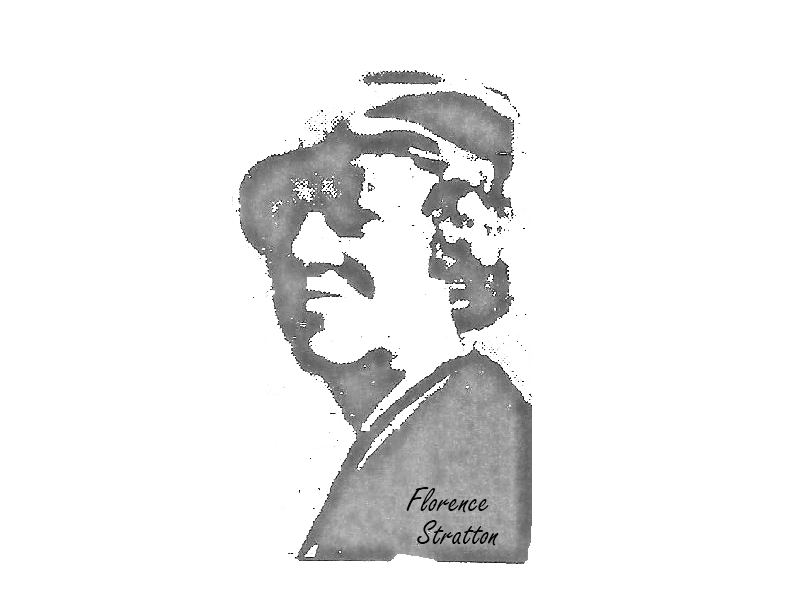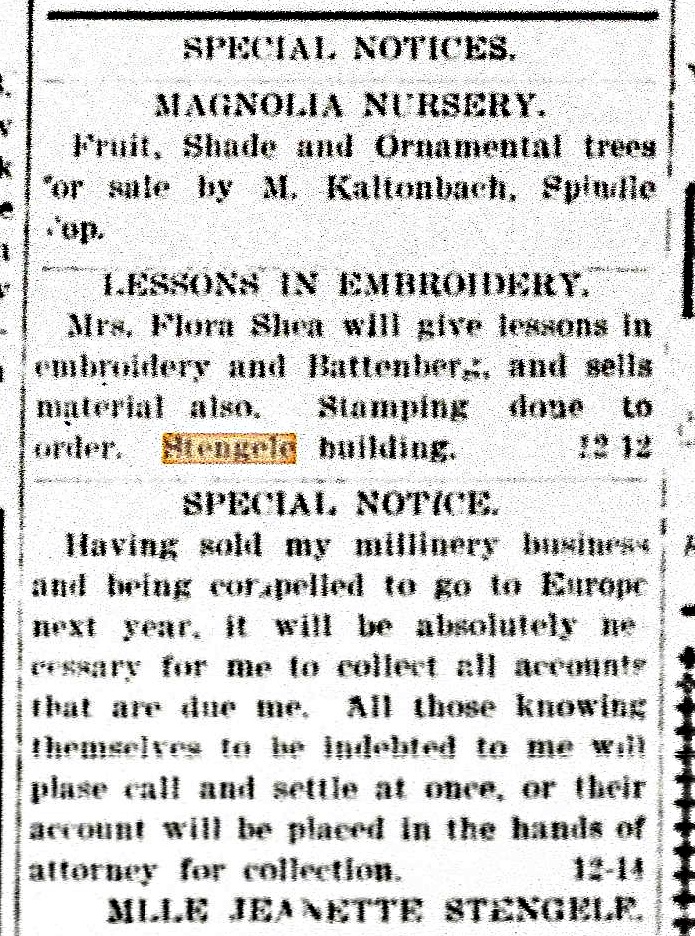
My taste in music has changed over 50+ years. I will say that I can listen to most things. In the 1970s, it was probably anything that my sisters listened to. Yeah, some Cliff Richard devil woman or Paul Revere and the Raiders. I remember a few things: taking a record player outside and listening to it while sitting in a lot, next to an ash tree that was struck by lightning twice within a year. History tells us that is odd, but that’s what happened. Not me sitting in a lot, but lightning striking a tree twice.
The first concert I attended was an English guy that had a band with a great guitarist named Randy Rhoads. He was a bit naughty and had a severe drug problem. In his stupor, he apparently enjoyed eating doves at the record label meetings. One time, one of his fans threw him a bat on stage, so in his element, he partook of this fowl delicacy. The publicity was enormous, but I’m sure that those rabies shots in the torso hurt. It was a great concert. There is footage of Randy Rhoads doing a sound check and an interview with the singer, Ozzy Osbourne, on YouTube. I’ll put the links for both videos below.
Randy died a month later in a plane crash, which I’ve always thought was a significant loss to music. Yes, Eddie Van Halen was doing similar things on the guitar, but Randy was classically trained and probably would have ventured further if he had had the chance. As far as Ozzy is concerned, he is still alive and remains healthy, while every other bandmate he has had is dying of some disease. I guess he’s well preserved.
I started my journey through SETX history in 2012, and it’s been a treasure trove of information. I guess it started by clicking on a Chambers House Museum link on my computer. I will say that the Chambers House has always been my favorite museum in Beaumont, not because of the glorious richness in it, but for the simplicity it brings. This is the house where your grandma could have lived—not mine, because she was happy on 18th street in Port Arthur, near her church. But I’m sure that her five boys and one girl would have loved the room of a two-story house. Instead, they had to deal with a 600-sq. ft., two-bedroom one bath priced on Zillow at whoever knows nowadays. There are many unique sites to see there; if you know the stories, it’s even better.
I bring up the Chambers House because I need to shout out to Ginny, who used to work there. She was the one who introduced me to Florence Stratton in 2012, and boy, what an adventure it’s been. Florence intrigued me, so I spent ten years researching her. This is why I only post my Thoughts and Ramblings on Sunday mornings—as a tribute to her, because her Susie Spindletop Weekly Letter hit the pages of the Sunday Enterprise from February 28, 1926, to January 23, 1938. I’ve spent many hours (and dollars) researching her, and I can say that it’s been worth it for history on different fronts.
Another person who has intrigued me is Catherine Jeanette Stengele. I learned of her story from a friend while photographing headstones in Magnolia Cemetery. According to him, Catherina was a seamstress who saved all her money and who, upon her death, had paid for an impressive mausoleum as her final resting place. I found this story odd because a lowly seamstress would never make enough to afford a mausoleum that covers 12 plots. So, the research began.
Early Beaumont was home to an entrepreneur in the form of the Dutch-born youthful Miss Stengele. According to her naturalization form, she arrived in this country in 1884, spent a few years in Baltimore learning the millinery business, and then moved to Beaumont in the late 1880s. The form also shows that she was born on February 28, 1856, and not 1866, as stated on her mausoleum. (I suppose that some people need to hold on to their youth even in death.)
Miss Stengele was certainly competent in the world of business. As a single woman in the 1890s, she made a good living with her millinery business and other ventures in the financial and real estate sectors. She had the help of lawyers for living trust claims and property claims, which also seemed to work well for her. Miss Stengele was so successful in finance that she placed an ad in the Beaumont Journal in May 1899 stating that she was “Going to quit the business! I am going to quit the millinery business, and from the date will sell my entire stock at very low prices.”
Catherina Jeanette Stengele seemed to be a natural when it came to finance and the lending market. So much so that she quit her day job, so to speak. Her investments would even finance a return trip to Europe in 1901. See the article in the Beaumont Enterprise dated January 6, 1900.
You may notice the name Stengele Building highlighted in yellow above the article. Miss Stengele also owned a three-story brick building at 345 Pearl Street in Beaumont, which had housed her millinery shop as well as several of her tenants.
Although the records from 1900 until her death in 1909 tell the tale of a successful businesswoman, not every investment she made went according to plan. For instance, around 1905–1906, court proceedings show the bankruptcy of a rice farm in Langhorne in which she held a $20,000 stake.
In April 1909, Miss Stengele left Beaumont for Los Angeles because of an illness. An article from the Houston Post dated September 16, 1909, states that she “underwent two surgeries for appendicitis during the summer.” Unfortunately, Miss Catherina Jeanette Stengele passed away the day before the article was printed, on September 15, 1909.
I found a few articles from the Beaumont Journal that reviewed the highlights of her life and the aftermath of her death, but her will is undoubtedly of considerable interest. According to hearsay, she was at odds with one of her brothers and left him nothing, though technically that’s not true. Browsing through her will, I found that she did leave a detailed list of her heirs and her final wishes. Her wish for the St. Catherine of the Wheel statue was originally included in the first draft of her will in 1908, but the mausoleum was only added in May 1909. She had many family members, both locally and in Holland, to whom she bequeathed her wealth. Her assets were around $120,000. That’s the equivalent of $3.1 million today. Not too bad for a lowly seamstress—or should I say, a milliner?
Well, that’s it for this week, tot ziens!
Chambers House Museum: https://chambershouse.org/
Florence Stratton:
https://www.rediscoveringsetx.com/2017/03/21/a-brief-history-of-florence-stratton-part1/
https://www.rediscoveringsetx.com/2017/03/28/a-brief-history-of-florence-stratton-part2/





You must be logged in to post a comment.